Blending technology, policy, and partnership, Taiwan’s 2030 roadmap highlights how innovation can lead the global transition toward a circular, net-zero economy.
Taipei, October 23, 2025 – Amid heavy rainfall of 500mm in Taipei, the opening session of APCER & Hotspot 2025 at Songshan Cultural and Creative Park marked a pivotal moment for the circular economy in the Asia-Pacific region.
Under the theme “Leading Circular Collaboration,” the international forum brought together over 200 businesses, experts from Japan, India, the UK, the Netherlands, and young delegates to discuss sustainable pathways toward net-zero by 2030.
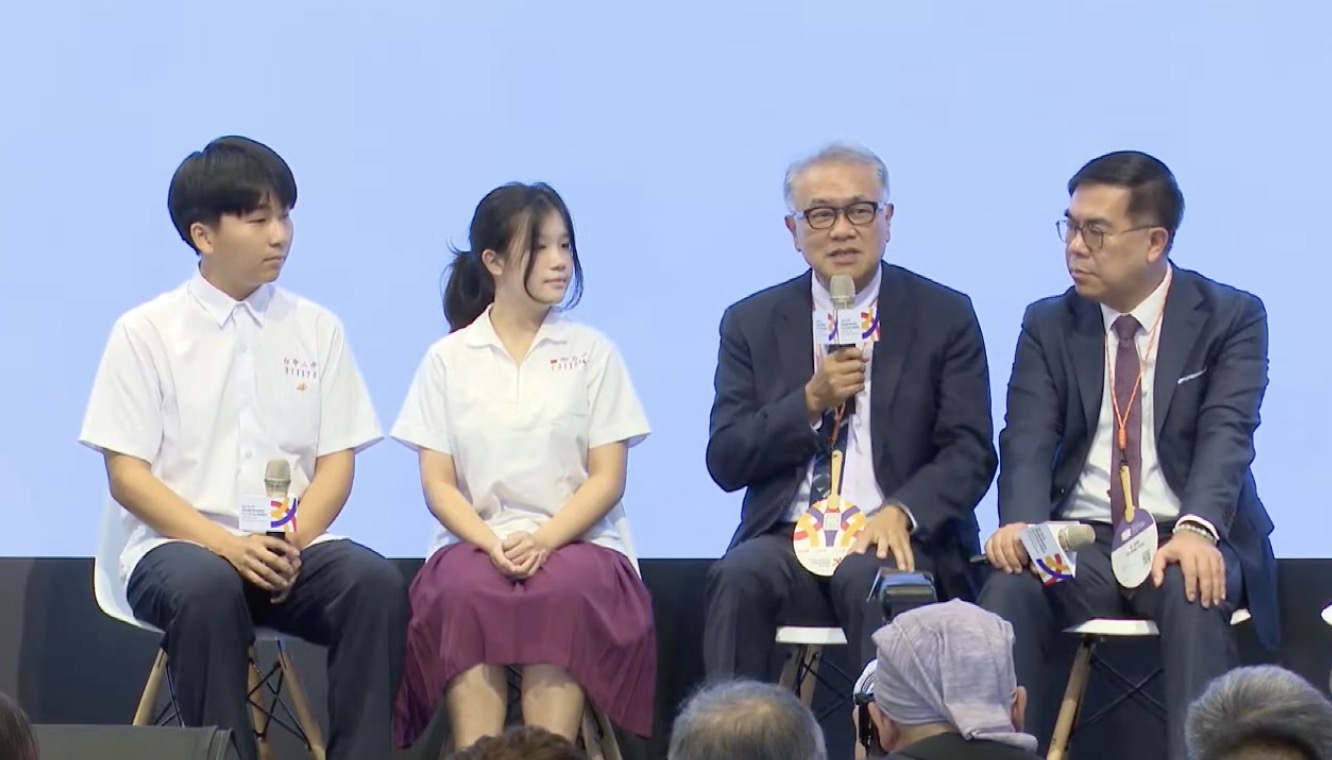
The highlight was Taiwan’s draft Circular Economy Roadmap, unveiled by Environment Minister Peng Chi-Ming, aiming to reduce emissions by 28% (±2) from 2005 levels and increase resource circularity by 2.5 times. The event’s insights offer practical lessons for Vietnam in building a green economy.
Opening Session: Fostering Regional Collaboration
Held at Taipei New Horizon, Eslite Hotel, and the northern area of Songshan Cultural and Creative Park—a repurposed industrial heritage site symbolizing circular economy principles—the event opened with vibrant energy despite the weather. Minister Peng Chi-Ming framed the heavy rain as “friendship rain,” symbolizing prosperity and collaboration among participating nations. With 70% of delegates from the Asia-Pacific, primarily businesses, APCER & Hotspot 2025 served as a platform for policy dialogue and practical partnerships, conducted in English with Chinese translation.
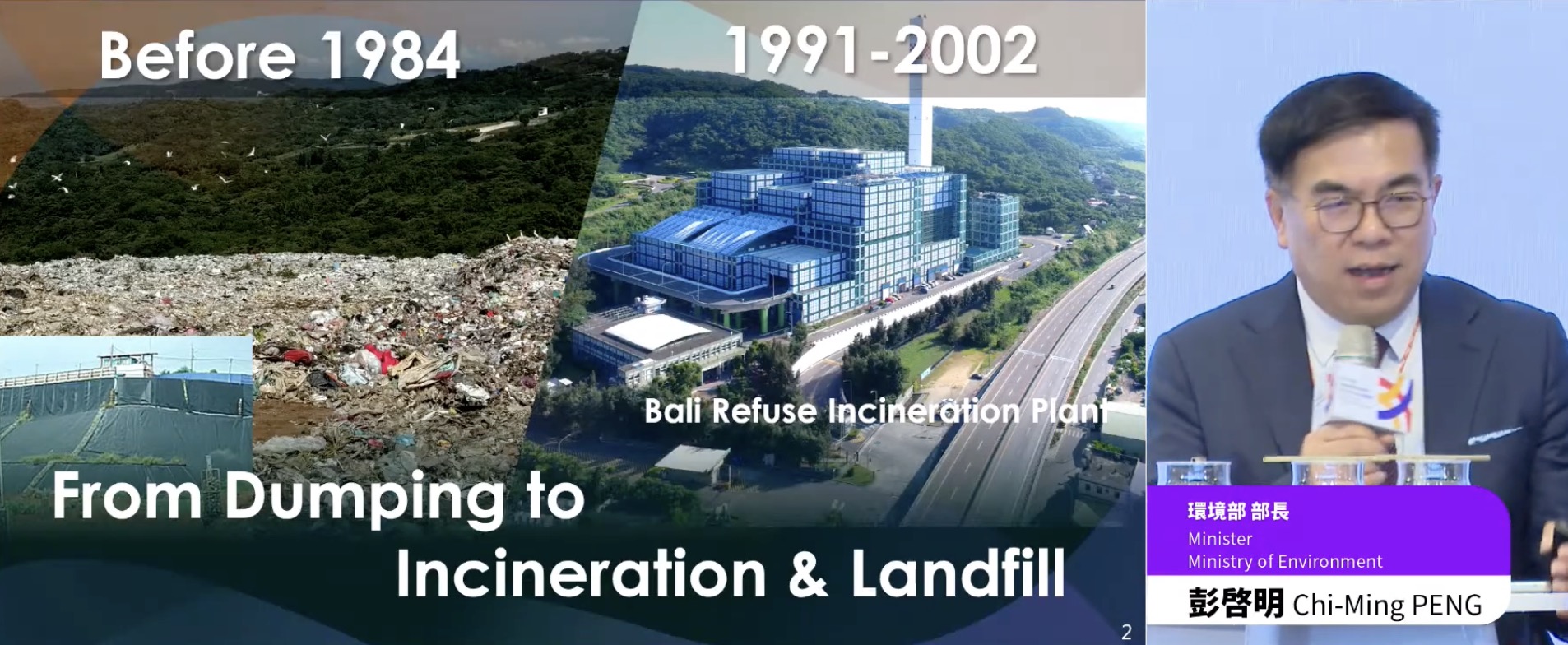
The draft Circular Economy Roadmap, introduced during the first plenary session (9:30), outlined Taiwan’s shift from waste management to a holistic system encompassing product design, production, consumption, and reuse. “The circular economy is about reshaping how we live and work,” Minister Peng emphasized. An open call for international feedback via QR code and app reflected transparency, inviting countries like Vietnam to contribute to tailoring the roadmap to the region’s diverse economic and cultural contexts. Taiwan’s ambitions are clear: achieve net-zero by 2030, cut emissions by 28% (±2) from 2005, boost resource circularity 2.5-fold, and contribute 512 billion TWD in value-added while creating 380,000 green jobs.
Global Dialogue: Insights from Japan, India, and the Netherlands
The “Circular Economy Roadmaps” session, moderated by Mike Van der Vijver, offered diverse perspectives. Professor Shinsuke Murakami (Japan) presented the Sound Material-Cycle Society Plan, focusing on resource reuse in industrial production, akin to TSMC’s symbiosis model in Taiwan. India’s Shalini Bhalla highlighted the Extended Producer Responsibility (EPR) system, managing 160,000 tons of daily waste, particularly plastics and e-waste, by blending technology and manual labor to create jobs. Stephanie Downes (WRAP, UK) proposed regional collaboration on solar panel recycling, addressing Taiwan’s 121,000 storm-damaged panels—a potential opportunity for Vietnam’s growing renewable energy sector.
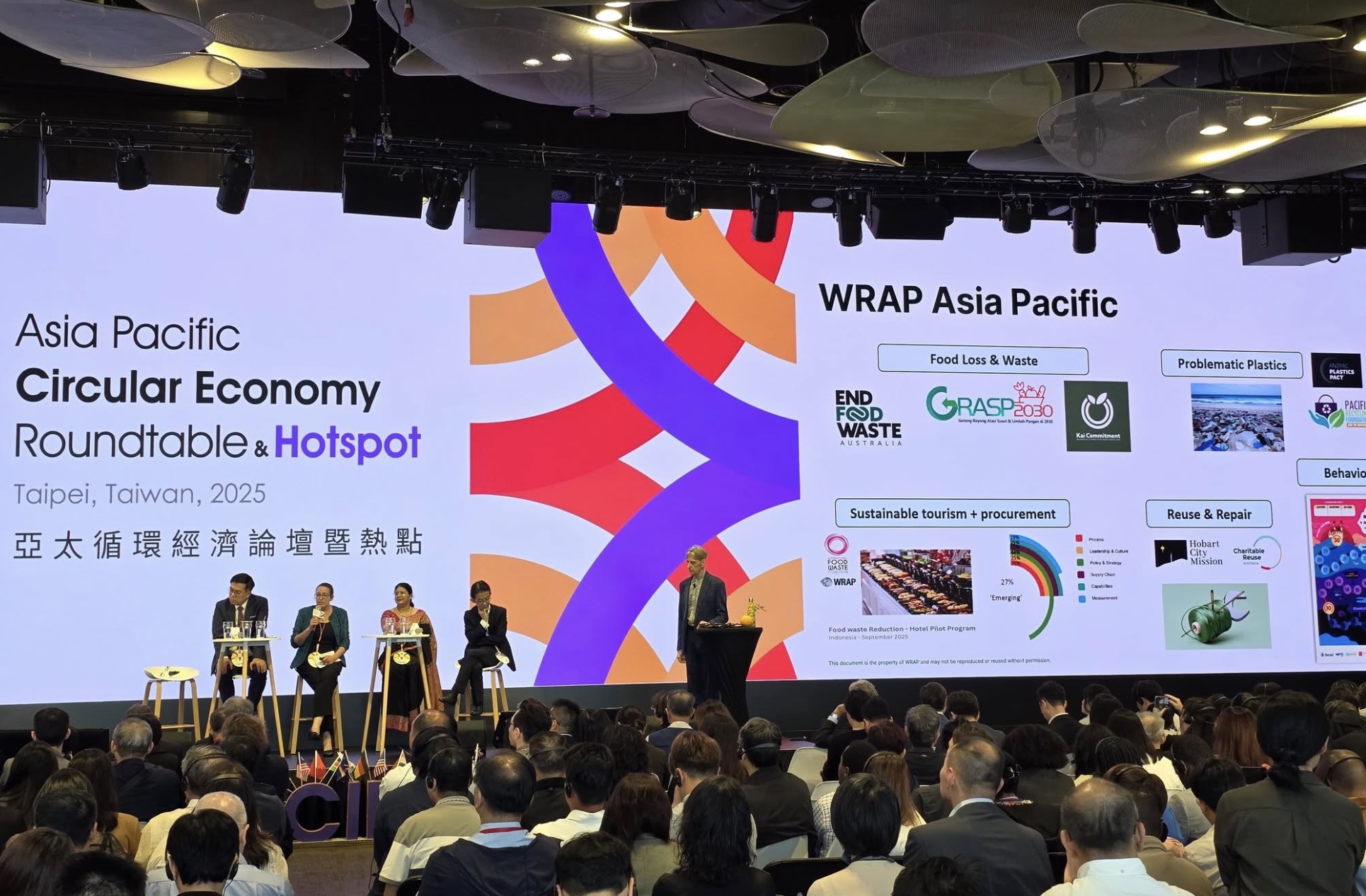
The “Circular Governance Structures” session, led by Guy Wittich, delved into governance. Charles Huang (Circular Taiwan Network) introduced the “Circular Trilogy”—good ideas, good governance, good business—as a framework for integrating circularity into policy and enterprise.
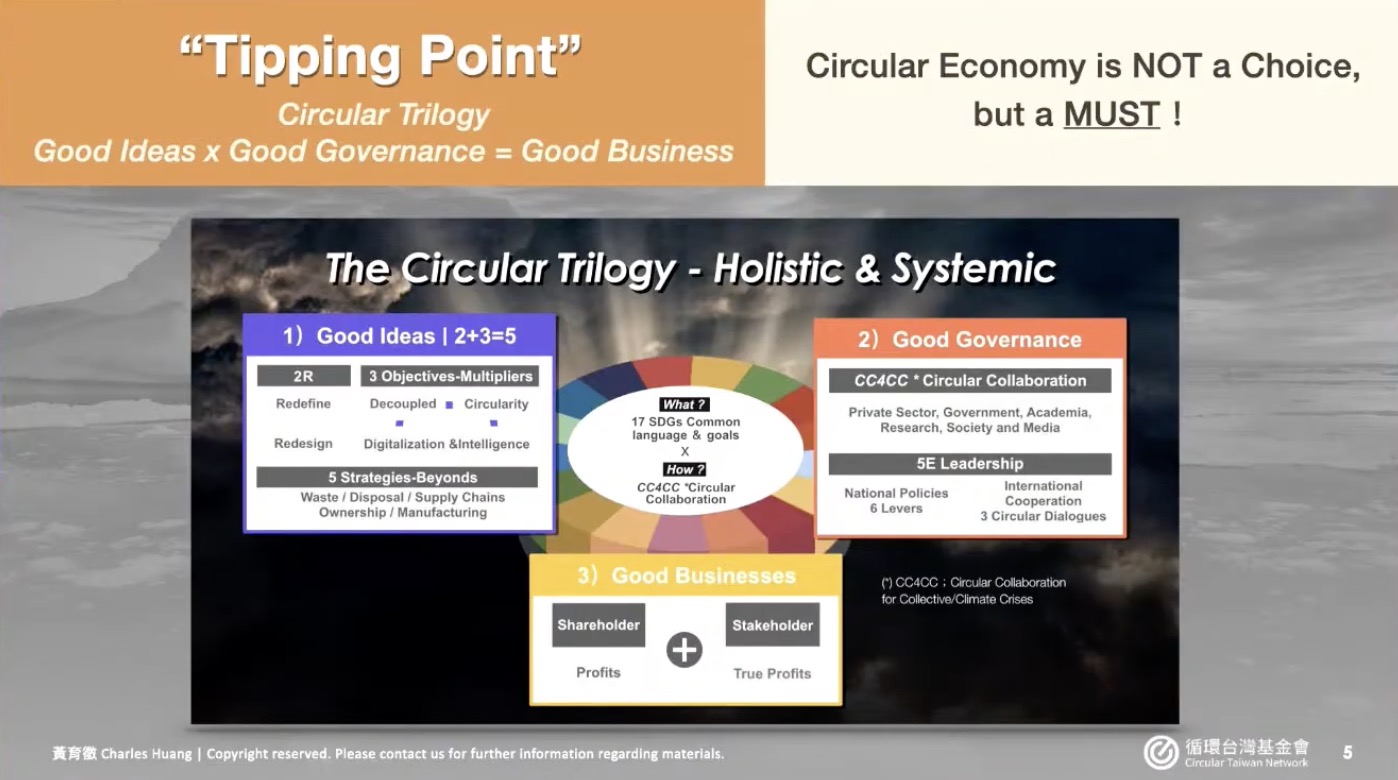
Freek van Eijk (Holland Circular Hotspot) shared the Netherlands’ “X-curve” model, promoting a transition to circular systems through multi-level collaboration. These insights resonate with Vietnam, where plastics and textiles face increasing EPR demands from markets like the EU.
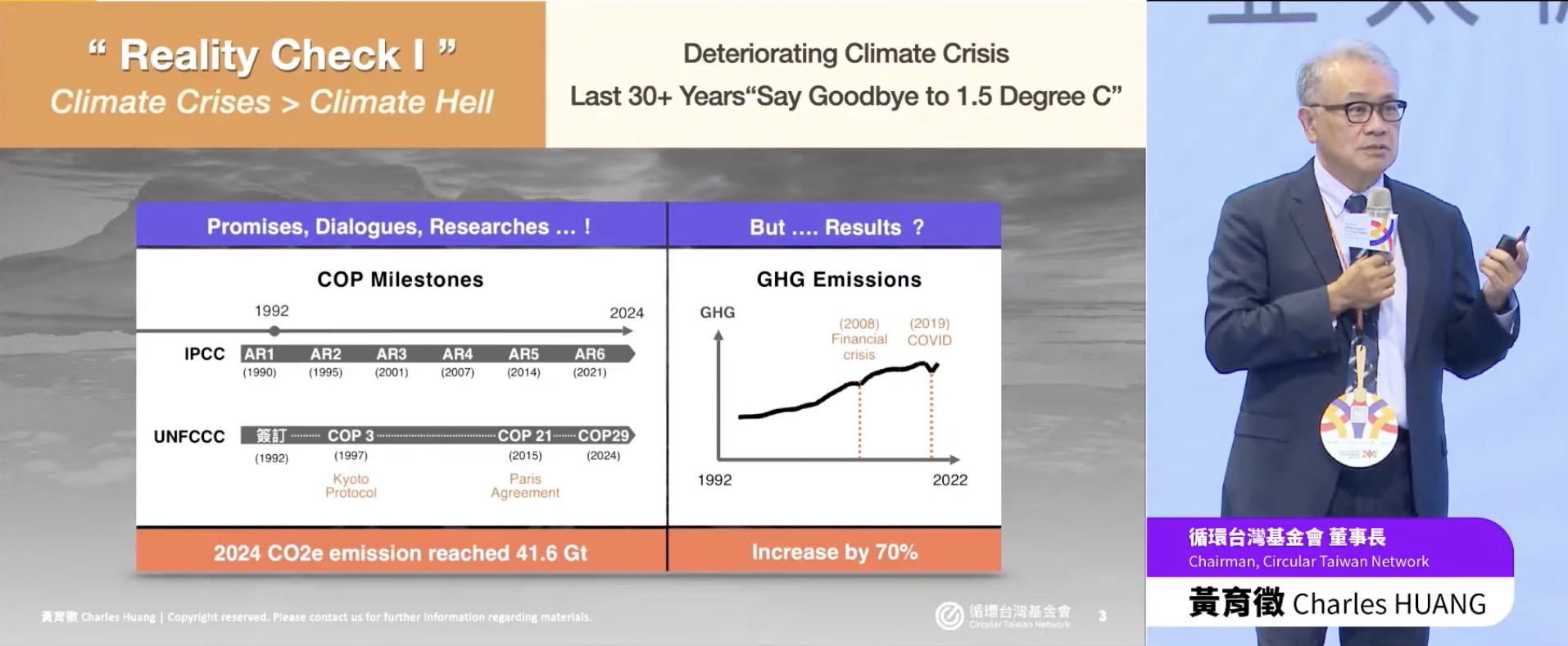
Taiwan’s Practical Models: TSMC, Everlight Chemical, and Emmaya Village
The “Inspirations from Site Visits” segment (11:00) showcased six field trips, illustrating Taiwan’s circular economy in action. TSMC, a tech giant, stood out with its near-zero-waste industrial symbiosis, reusing water and materials in chip production—a model for Vietnam’s tech hubs like Bac Ninh or Binh Duong. Everlight Chemical reduced ammonia emissions by 98%, saving USD 5.7 million annually, proving circularity’s economic benefits. Emmaya Village, a community initiative, engages seniors in plastic bottle collection, creating jobs and fostering environmental awareness—a replicable model for Vietnam’s local communities.
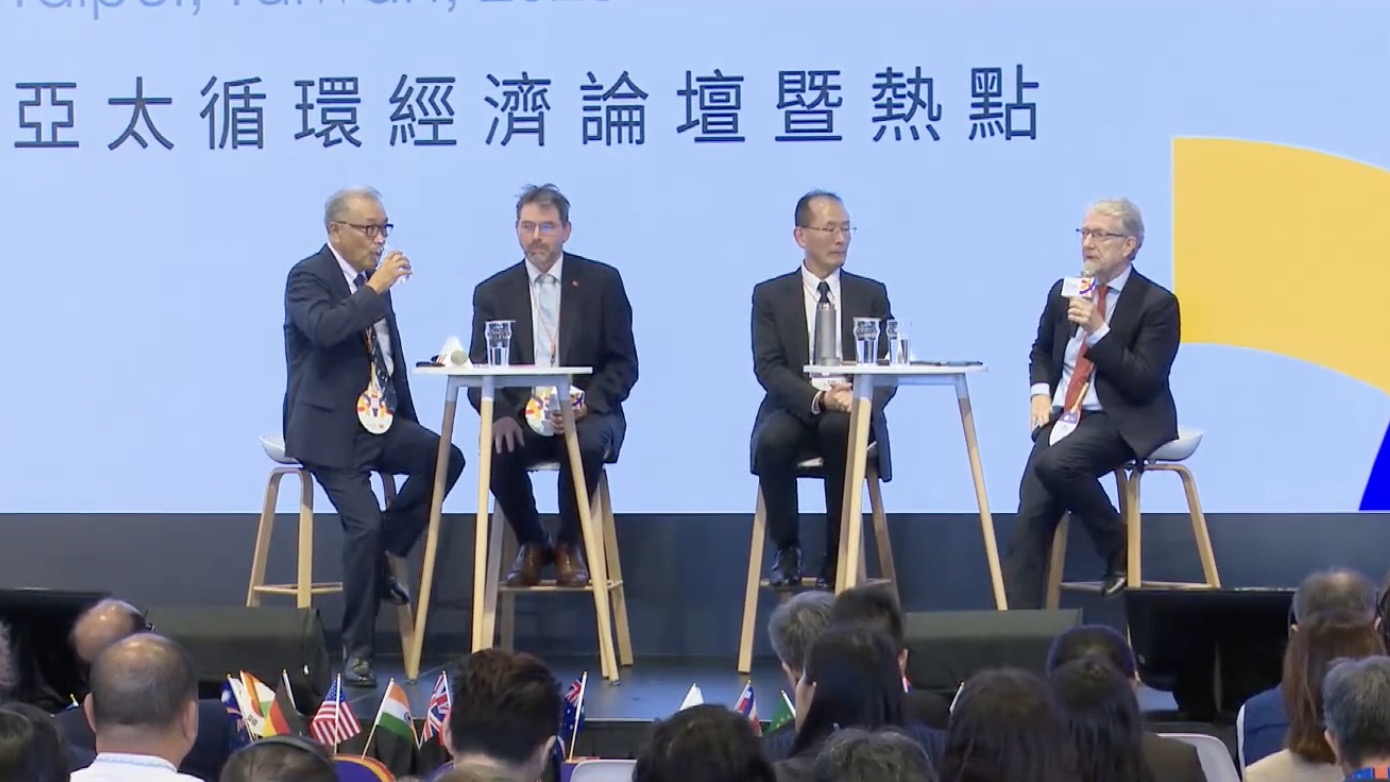
Education: Planting Circular Seeds
A poignant highlight was the speeches by primary and secondary school students on “generational responsibility” and “circular seeds.” Statements like “we are the seeds for a green future” underscored education’s role in fostering circular awareness. Q&A sessions via Slido saw “education” as a top keyword, signaling the need to integrate circularity into curricula. For Vietnam, this suggests incorporating recycling and reuse into school programs, especially for industries like plastics and textiles that demand sustainable labor.
Lessons for Vietnam
Vietnam, with rapid urbanization and thriving textile and electronics sectors, can draw valuable lessons from APCER. India’s EPR system offers a blueprint for managing plastic waste, a pressing issue in Vietnam. TSMC’s symbiosis model could optimize resources in industrial zones like Dong Nai or Hai Phong. Collaboration with WRAP on solar panel recycling aligns with Vietnam’s renewable energy growth. Integrating circular economy principles into education, as Taiwan does, is a long-term strategy to build a sustainable workforce.
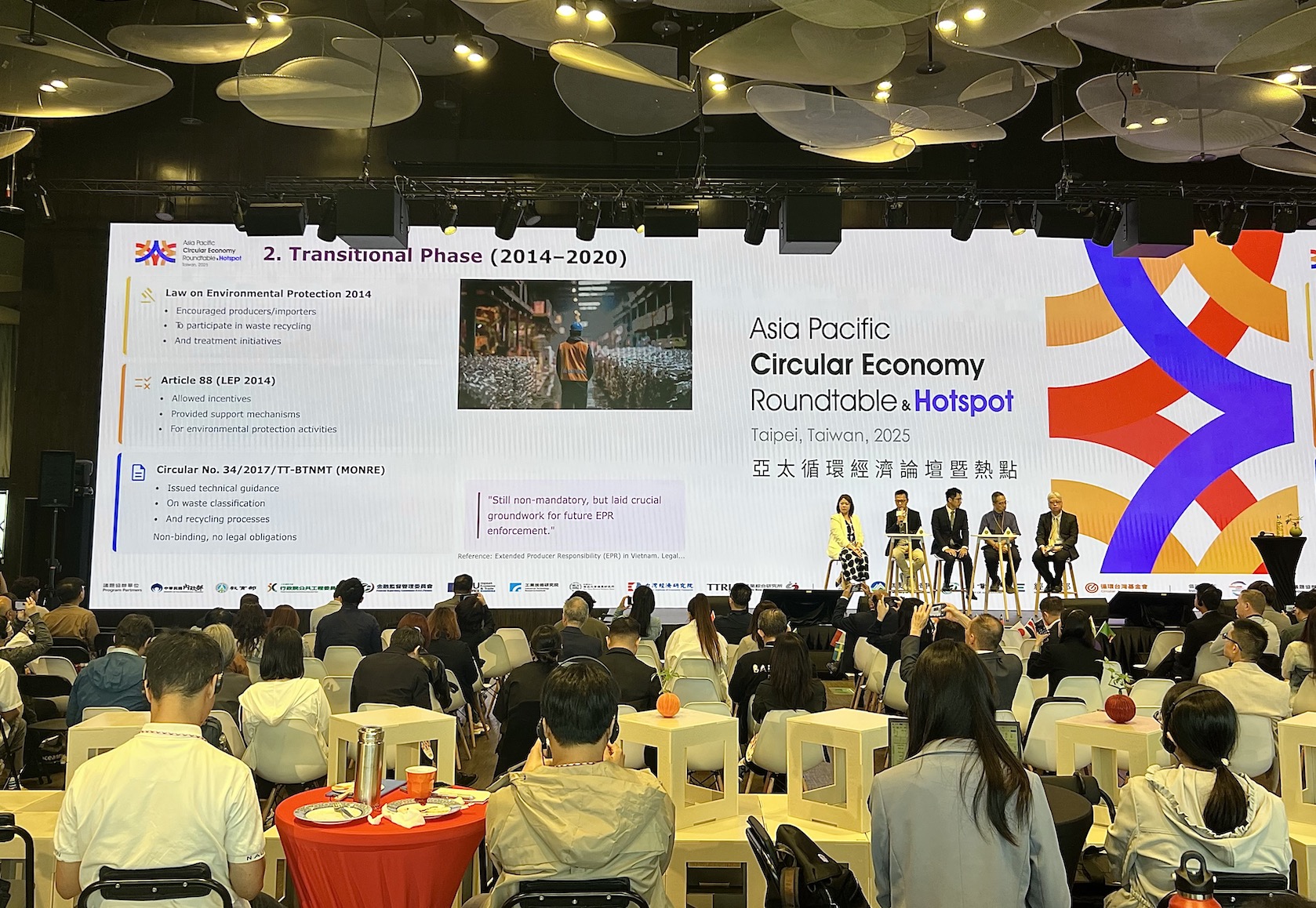
Conclusion
The opening of APCER & Hotspot 2025 solidified Taiwan’s leadership in the regional circular economy. From the Net-Zero 2030 Roadmap to initiatives like TSMC, Everlight Chemical, and Emmaya Village, Taiwan shows sustainability and economic growth can align. With 512 billion TWD in value-added and 380,000 green jobs, the circular economy is a necessity. For Vietnam, the event offers clear pathways: adopting EPR, embracing industrial symbiosis, and investing in education. Under Taipei’s “friendship rain,” APCER & Hotspot 2025 planted seeds for a greener Asia-Pacific, and Vietnam can help them bloom through innovation and collaboration.



